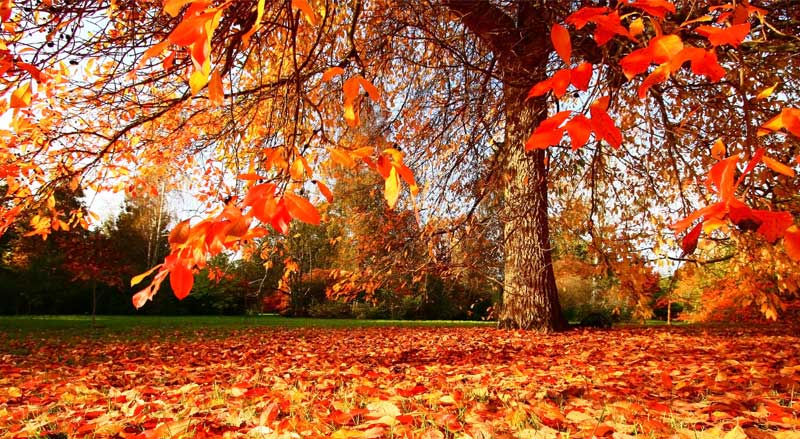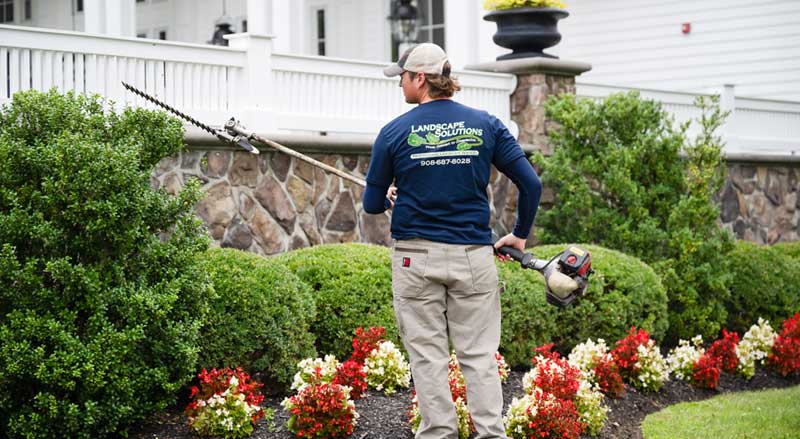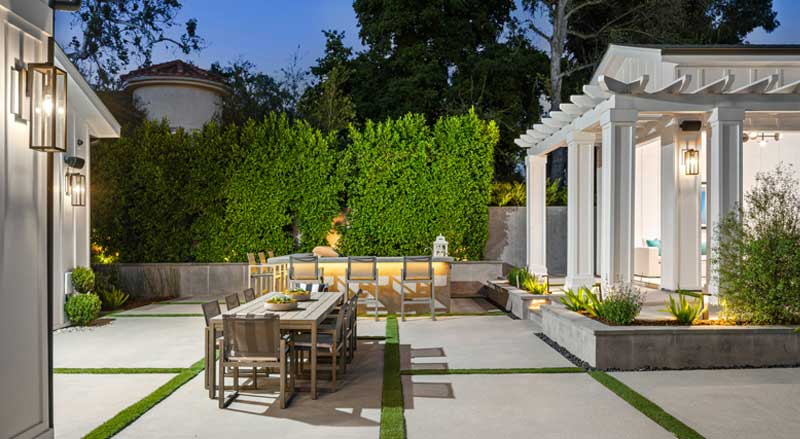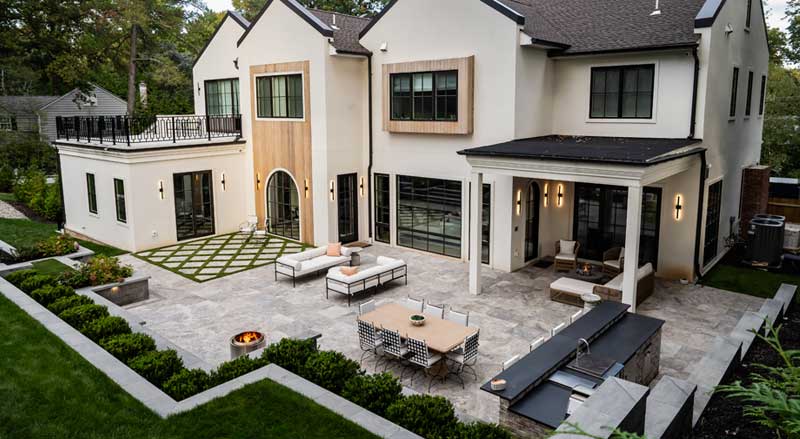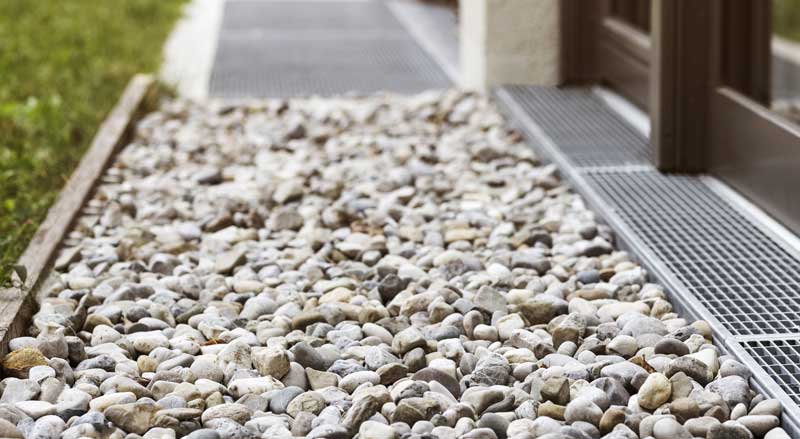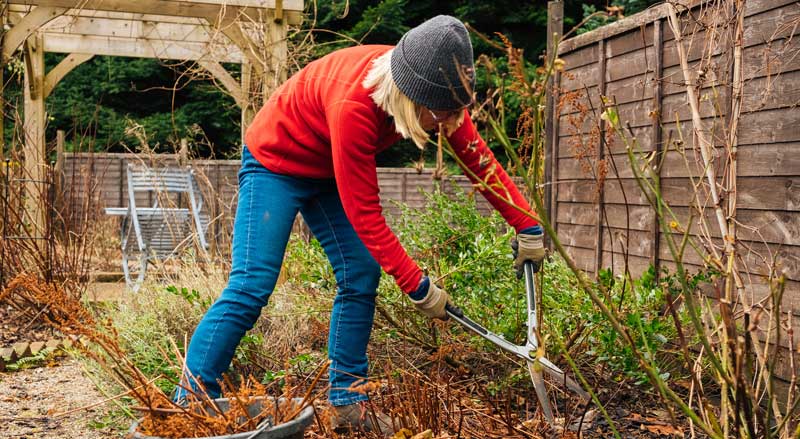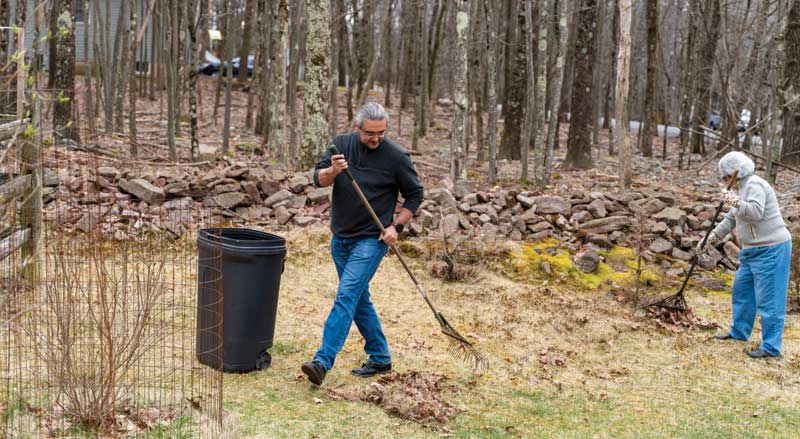Do you wish your gardens had more fall color? Or are you thinking about an entire landscape renovation or other landscape planning for next year? Do you need some fall landscaping ideas?
If it’s fall colors you crave, there’s lots you can do now to make your gardens more attractive, fun, and inviting! It’s also the prime time to update your residential landscaping for a more beautiful spring and summer next year.
Here are some exciting fall landscaping ideas to update your gardens now and help them thrive later.
Fall Is the Time to Plan and Plant!
You want to clean up, prepare, and revitalize your lawn and landscape. This will ensure that both new and existing plantings will survive the cold winter months and flourish next year.
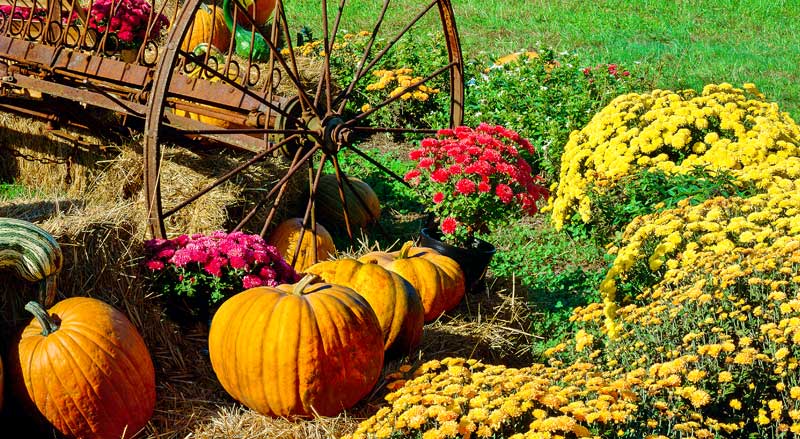
It’s also the time when you can add new plantings, colorful flowers, and festive decorations to your yard. Some will remain just for the fall while others will come back next spring.
First, Cleanup Your Landscape
The fall is a wonderful time to work out in your yard. The weather is cooler and invigorating; you won’t melt in the summer sun.
The soil itself is even easier to handle. If you want to dig holes for new plantings, you won’t deal with soil that’s heavy and soggy from spring and summer rains.
Here’s what needs to be done to prepare your yard for the cold winter months ahead:
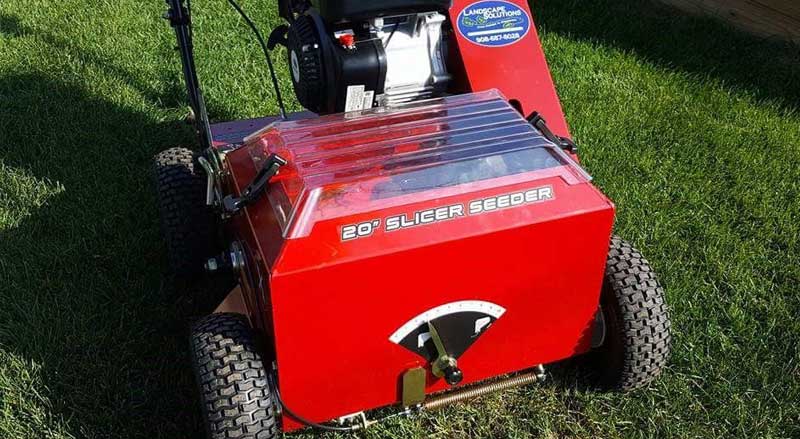
- Remove tired and fading annuals from flower beds
- Rake up accumulated leaves, dead grass, and debris from landscape
- Get rid of pesky weeds so they won’t reemerge in the spring
- Overseed your lawn/add seed to bald spots
- Provide lawn and turf fertilization
- Examine existing trees for signs of disease or dead limbs—prune dead branches
Resist the temptation to leave fallen leaves on the ground. They will keep moisture trapped on your lawn and sidewalks and cause slipping hazards for friends and family.
Leaves left on the lawn also make it easy for mold to grow over the fall and winter months. And come spring, the leaves will still be there, waiting to be removed.
Some people like to run raked leaves and thatch through a mulching machine for compost. You can create a compost pile in a far corner of your yard and add compost to flowerbeds in the early spring.
Read more about landscape renovation in September and October.
Take Care of Existing Plantings
Clean out your flower beds to keep insects and mold away.
Some flowers will need to be deadheaded to rebloom and look attractive. However, other plants should not be deadheaded until much later in the fall. This is because some perennials need to first reseed for the following year.
Do some research on your own plantings to keep them healthy and looking their best.
New Landscape Plantings
If you want to plant flower bulbs, such as tulips or daffodils, wait until the soil temperature is below 60°F. The ideal bulb planting time for New Jersey’s planting zones is as late as November.
However, it’s important that the bulbs have enough time to develop a root system before the ground freezes.
When planning your new landscape plantings, such as flowers, bushes, and trees, choose plantings of different heights.
The shortest plants should adorn the front and the tallest plants should go in the back. This ensures that all plants will be seen and receive enough sunlight. Consider varying plant textures and colors to add interest to your landscape.
Plant New Trees and Shrubs
Fall is the best time to plant new trees and shrubs—including evergreens and deciduous ornamental trees. Some shrubs and trees may even have fruits or berries that will enhance your landscape’s fall color display.
It’s important to make sure all planting is done well before the ground freezes. While fall might not intuitively seem like a good time to plant, young trees do better this time of year; they won’t be stressed by hot and dry weather.
Then, when summer rolls around, root systems are better developed to endure the summer months more easily.
Check with your local utility companies before you dig to be sure you’re avoiding all utility lines.
Plant Seasonal Flowers
A fall garden doesn’t have to look dull. Planting fall flowers is a great way to add cheer and color to your yard.
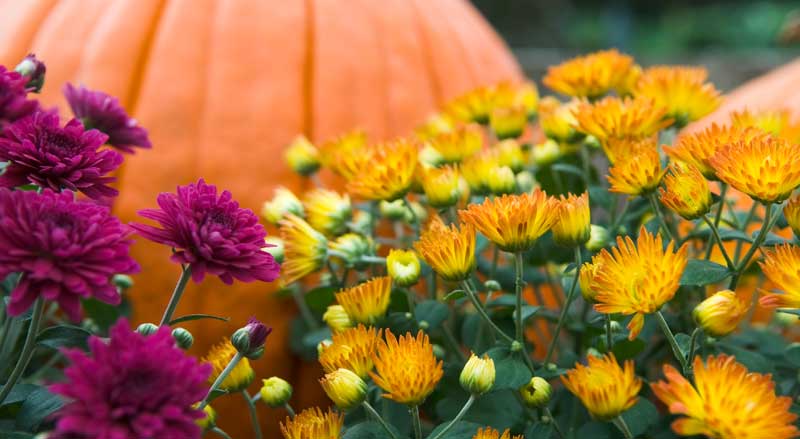
Some flowers that show intense fall colors include:
- Chrysanthemums
- Asters
- Black-eyed Susans
- Anemones (a cascading flower)
These flowers also attract and provide food for pollinators. Bees, butterflies, and birds will all appreciate and enjoy the feast—and you will enjoy the added color and life in your yard.
The fall is also a good time to plant ornamental kale or grasses.
Remember to Mulch
Rember to mulch after all planting is completed. Mulch will insulate your plant’s roots and keep weeds from taking up valuable space, water, and nutrients. An adequate layer of mulch will also keep insects away.
Mulch also adds that finishing touch to any landscape or yard.
Add Color with Gourds and Pumpkins
If you don’t want to add fall flowers to your landscape, but still want to add some attractive color to your flowerbeds or garden, think about livening up your landscape with gourds—including pumpkins—cornhusks, or bales of hay.
This way you can dress up your landscape, and add interesting texture, without physically planting new plants.
The fall is also a great time to:
- Plant a vegetable garden with colorful cabbages, chards, and kale
- Decorate using container plants that can be moved inside for cold weather
- Add hardscaping to your landscape, such as a walkway, retaining wall, or seating area
- Add outdoor lighting
Here’s a helpful guide to designing your outdoor space.
Hire A Talented Landscape Contractor for Your Residential Fall Landscaping
Contact Landscape Solutions for outstanding landscape design and installation services.

